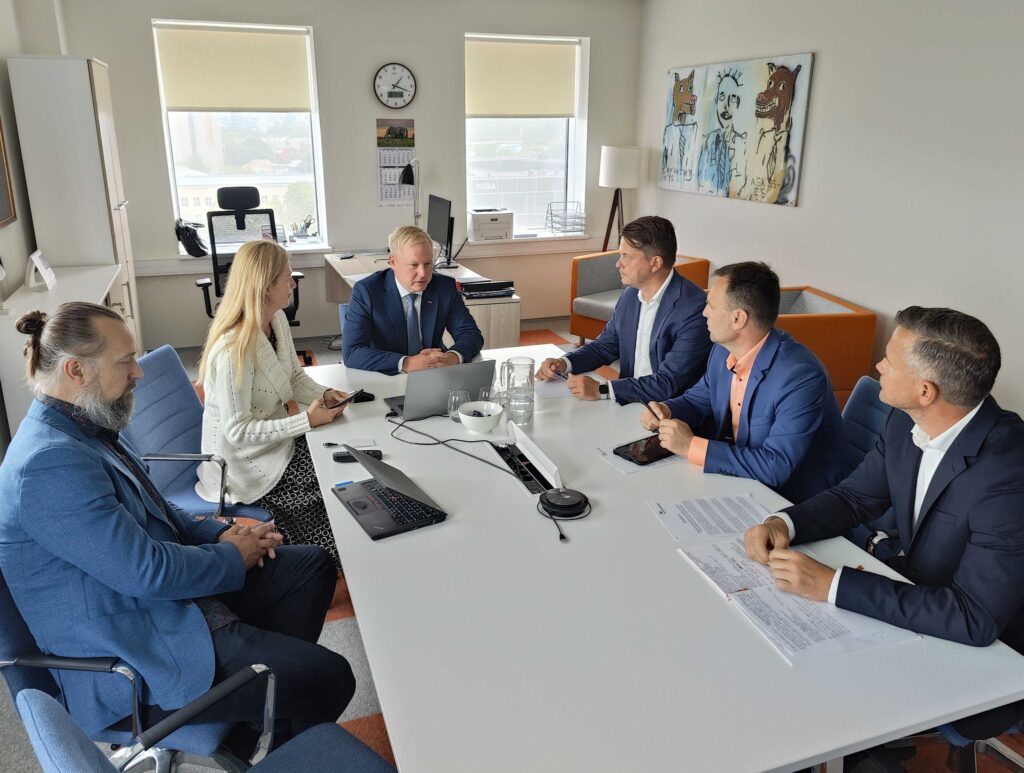Right-wingers, a young political party that failed to win any seats in parliament in the March polls, sent an open letter to the Estonian government and the parliament on 5 September, calling for the implementation of political measures to bring the country’s economy out of the deepest recession in the euro area.
According to the Right-wingers, the current leaders of the Estonian state have not taken the deterioration of the country’s economic situation and competitiveness seriously enough, which is why the party is proposing its own economic growth plan.
The party notes that the contraction of the Estonian economy has been the steepest in Europe. The economic confidence index has fallen to the level of the peak of the 2009 economic crisis and the period of the COVID-related restrictions. The production of industrial enterprises decreased by 15 per cent on year, exports decreased by 15 per cent and imports by 13 per cent in current prices. Companies have lost out in competitiveness, the number of bankruptcies is on the rise and people are losing their jobs.
If the country continues in the same way, Estonia’s debt burden will increase from €8 billion to €16 billion, or nearly 33 per cent of the GDP, in four years, and the fiscal deficit will expand to €1.7-€1.9 billion, or almost four per cent of the GDP, in the coming years. Bridging the budget gap and covering fixed costs with borrowings will further speed up inflation, the party says.
“It is in our power to make Estonians one of the most prosperous nations in the world within a generation. To create more wealth, we need to grow over the long term and at a rate many times faster than the old world. Today, Estonia’s pace of development is even slower than that of its closest neighbours, although it could be the fastest. In terms of people’s wealth, meaning net household assets, Estonia is two times behind Finland, and more than four times behind Sweden and Denmark,” the Right-wingers say.
A need to attract large-scale investments
The party’s economic growth plan for Estonia consists of eight chapters, the first of which is a simple and competitive tax system. The state budget deficit must be covered by making cuts, not increasing taxes. Tax increases and new taxes must be abandoned.
The second is quick handling of matters and less bureaucracy-related costs. In order to reduce the administrative burden and additional costs, business peace must be established, which means cutting back on the massive development of new legislation and limiting the constant changing of rules.

The third chapter is about promoting large-scale investments and attracting them to Estonia. The task of the government is to attract billion-euro investments to Estonia, which has been successfully done by its neighbours. To this end, a cross-agency special foreign investment unit must be deployed.
The fourth is innovation and internationalisation. The government must link climate policy investments with economic growth objectives.
The country should attract foreign talent
The fifth is the availability and affordability of capital. In order to improve access to capital for Estonian companies, the state must increase the offering of loan guarantees and underwritings to medium-sized enterprises and the financing of large-scale projects, instead of distributing subsidies to businesses.
The sixth is opening the labour market to international talent. The government needs to replace the quota-centric approach to managing immigration to Estonia with an active role in helping businesses and universities attract tens of thousands of researchers, technologists, engineers and other highly skilled professionals and skilled workers.

The seventh is just and fair competition. It is necessary to establish a general principle that state and local government institutions and companies owned or co-owned by them will not compete with private companies. The task of supervising such institutions and companies must be set as a priority for the Estonian Competition Authority in order to prevent activities that harm free competition in the market.
The eighth is the state being a driving force behind the development of technology. The government, in cooperation with companies and universities, must select priority technology areas to encourage the development of these technologies in Estonia and lead the creation of relevant regulations, rather than waiting for the issuance of European regulations and strictly transposing them.

